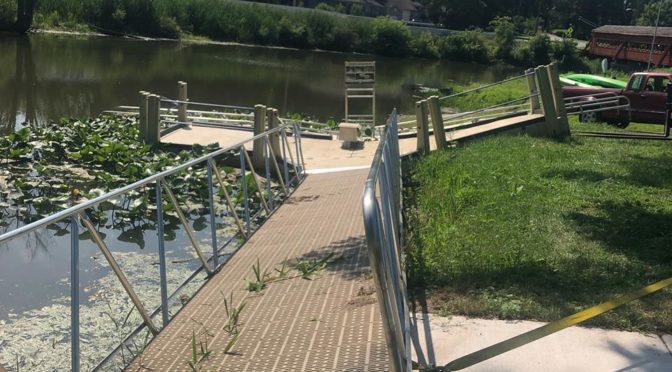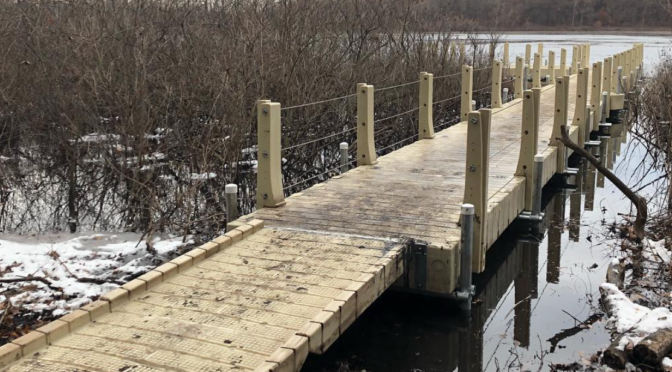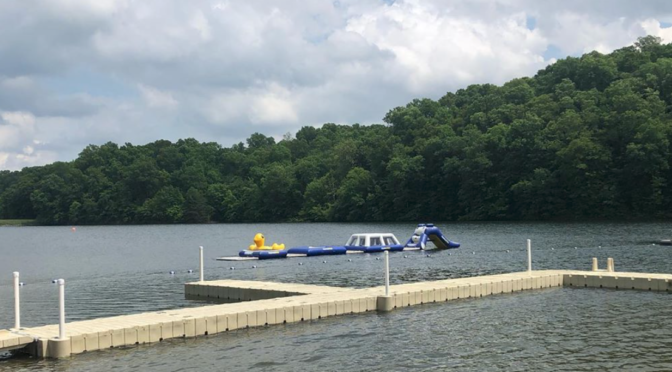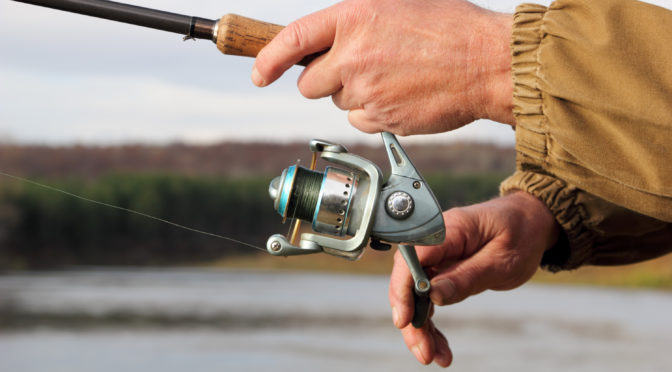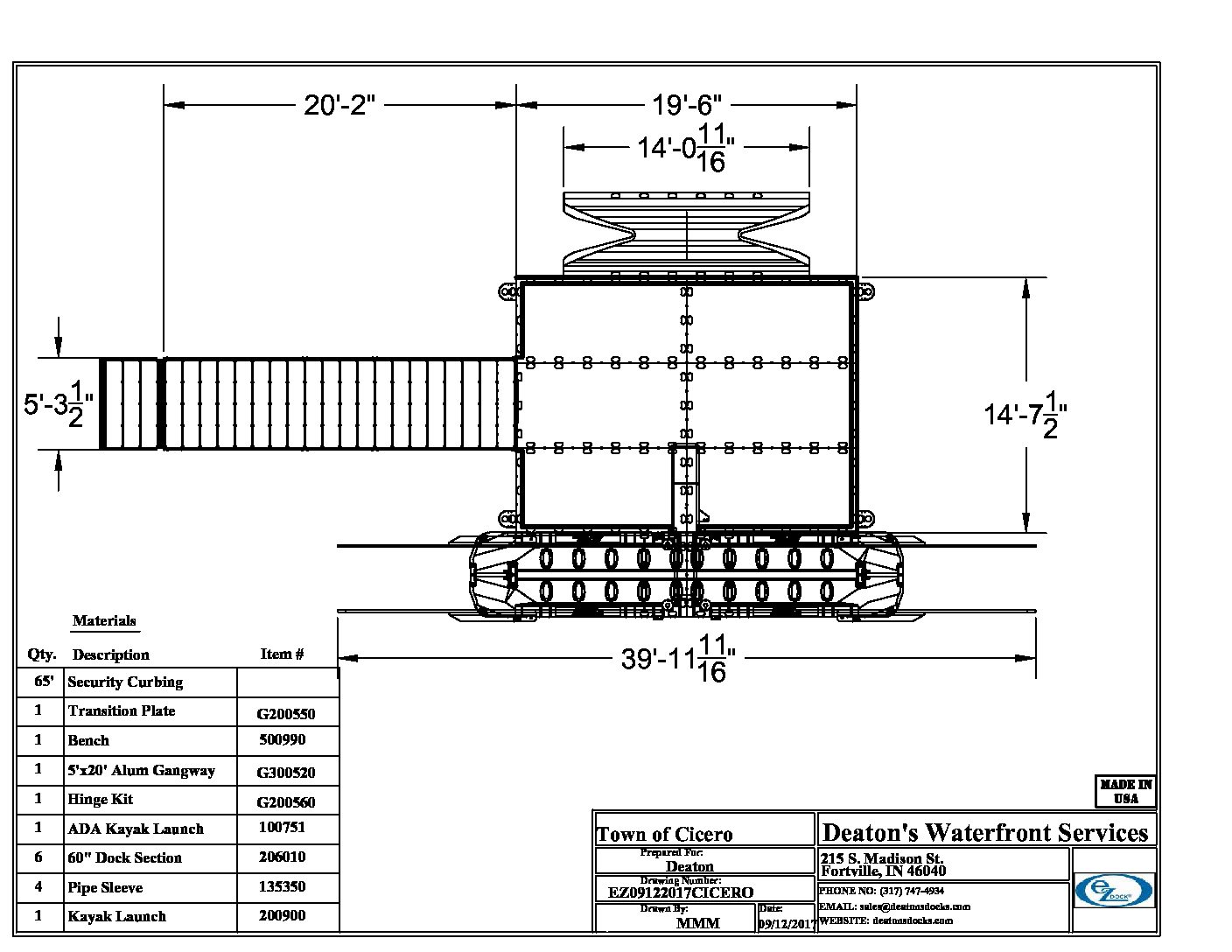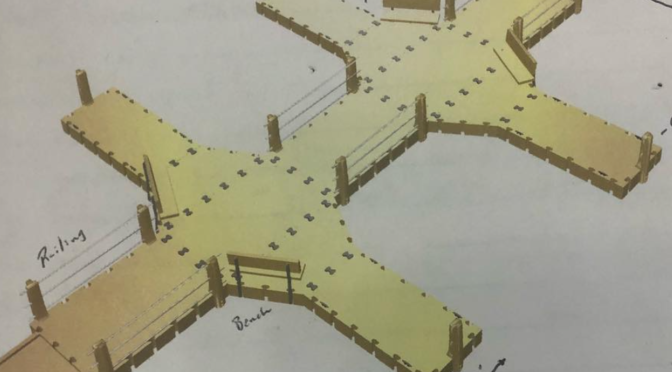As the vibrant hues of autumn leaves begin to paint the landscape, and the crisp, cooler air of fall rolls in, it’s a gentle reminder that boat season is drawing to a close. For waterfront property owners, this transitional period is crucial. While many anticipate cozy evenings by the fire, it’s also the perfect time to ensure that your boat docks, lifts, and seawalls are adequately winterized. Preparing now will ensure a smooth sailing next spring. At Deaton’s Waterfront Services, we understand the nuances of waterfront maintenance, and here’s our guide to help you brace your waterfront property for the off-season.
1. Inspect and Clean Your Boat Dock:
Before the frost sets in, give your dock a thorough inspection. Check for any signs of wear, tear, or damage that might have occurred over the summer. Clean away any algae or moss, which can become slippery hazards. It’s also a good idea to remove any loose items that might get blown away or damaged by winter storms.
2. Winterize Your Boat Lift:
Your boat lift has worked hard all summer. Now’s the time to give it some TLC. Ensure all electrical components are turned off and disconnected. Lubricate moving parts to prevent them from freezing and check for any signs of rust or corrosion.
3. Check Your Seawall:
Your seawall plays a crucial role in preventing erosion. Before winter, check for cracks, holes, or any signs of wear. Addressing these issues now can save you time and money in the long run.
4. Store Away Water Equipment:
Canoes, kayaks, and paddleboards should be stored in a dry place. Not only does this protect them from the elements, but it also prevents them from becoming potential debris during storms.
5. Plan for Next Season:
As you’re winterizing, jot down any upgrades or repairs you might want to consider for next year. Maybe it’s time for a new boat lift or a dock extension. Deaton’s Waterfront Services is always here to consult and help you realize your waterfront dreams.
In conclusion, while the end of boat season might bring a touch of melancholy for aquatic enthusiasts, it’s an essential time for maintenance and preparation. Proper care during the fall ensures that when spring arrives, your waterfront property is in top-notch condition, ready for another season of sun-soaked memories. For more expert tips and services, reach out to Deaton’s Waterfront Services – your trusted partner in all things waterfront. If you do find a problem during your inspection, give us a call at (317) 747-4933 and we will have our expert team





